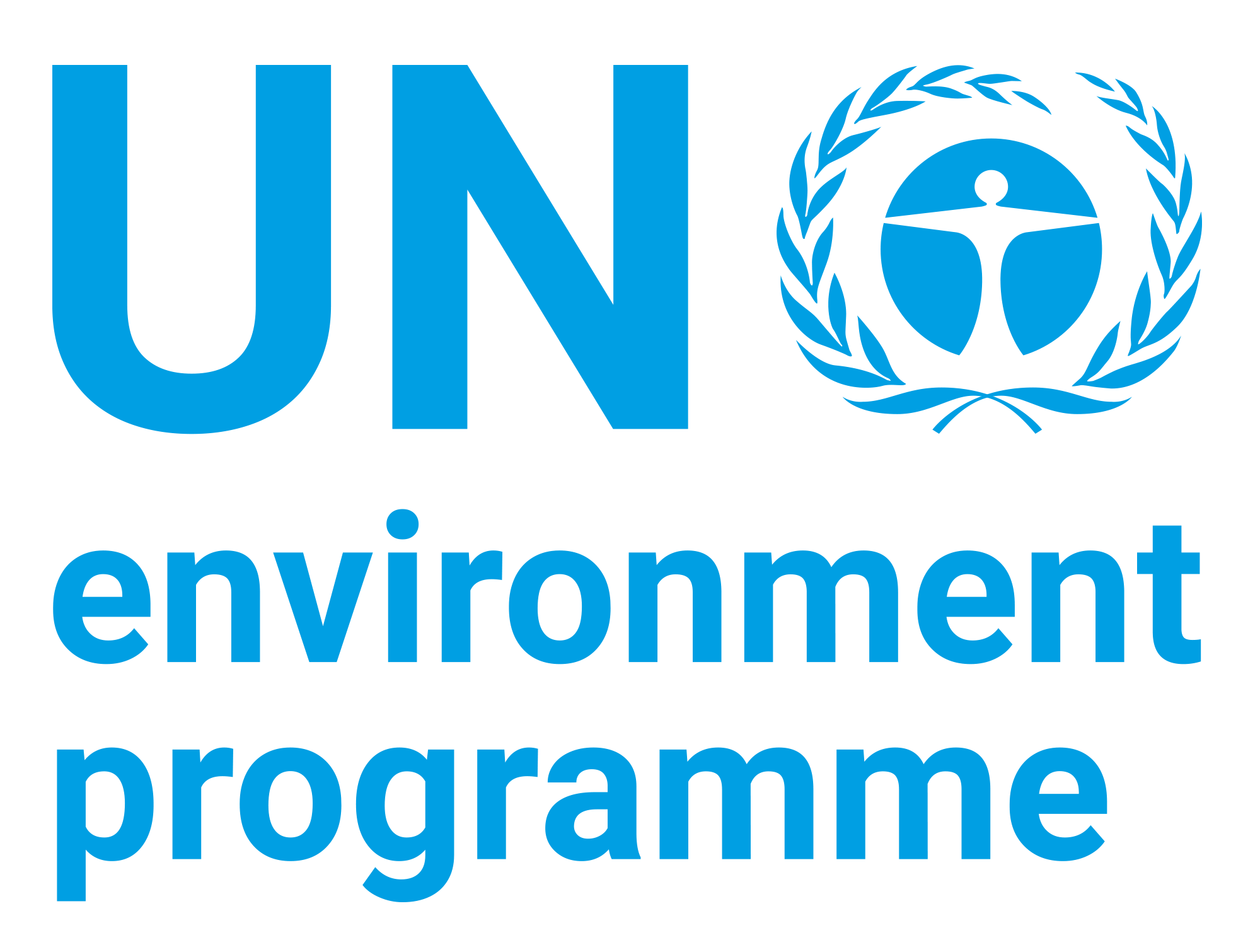National Marine Ecosystem Diagnostic Analysis (MEDA) - South Africa

Date
2012Author
United Nations Development Programme
Citation Tool
Bibliographic Managers
RT Generic T1 National Marine Ecosystem Diagnostic Analysis (MEDA) - South Africa A1 United Nations Development Programme YR 2012 LK https://wedocs.unep.org/20.500.11822/25886 PB AB TY - GEN T1 - National Marine Ecosystem Diagnostic Analysis (MEDA) - South Africa AU - United Nations Development Programme Y1 - 2012 UR - https://wedocs.unep.org/20.500.11822/25886 PB - AB - @misc{20.500.11822_25886 author = {United Nations Development Programme}, title = {National Marine Ecosystem Diagnostic Analysis (MEDA) - South Africa}, year = {2012}, abstract = {}, url = {https://wedocs.unep.org/20.500.11822/25886} } @misc{20.500.11822_25886 author = {United Nations Development Programme}, title = {National Marine Ecosystem Diagnostic Analysis (MEDA) - South Africa}, year = {2012}, abstract = {}, url = {https://wedocs.unep.org/20.500.11822/25886} } TY - GEN T1 - National Marine Ecosystem Diagnostic Analysis (MEDA) - South Africa AU - United Nations Development Programme UR - https://wedocs.unep.org/20.500.11822/25886 PB - AB -View/Open
Item Statistics
Display item statisticsMetadata
Show full item recordDescription
South Africa has an extensive coastline in the southern section of Agulhas and Somali Current Large Marine Ecosystem (ASCLME) region, with the coastal provinces of KwaZulu Natal (KZN), Eastern Cape and Western Cape forming the seaboard. The South African Heritage Resources Agency is charged with the protection and management of South African heritage. Places of special national significance must be identified, while structures older than 60 years as well as archaeological, palaeontological and meteorite impact sites, and public monuments and memorials may not be destroyed, altered or disturbed without a permit. Over 2,700 vessels are known to have been lost along the South African coast since 1500, while there are a number of archaeological sites relating to early African agricultural groups settling in the subcontinent as well as colonial conflicts.
Collections
Document Viewer
To read more, scroll down below.

